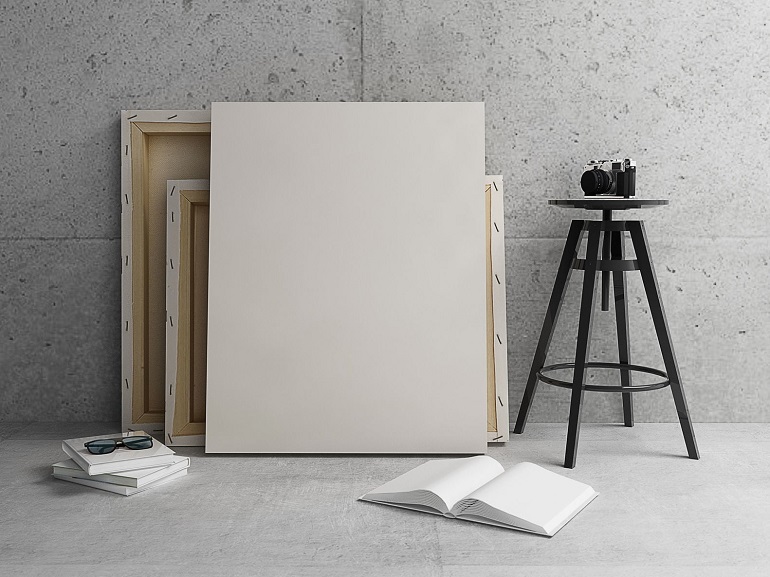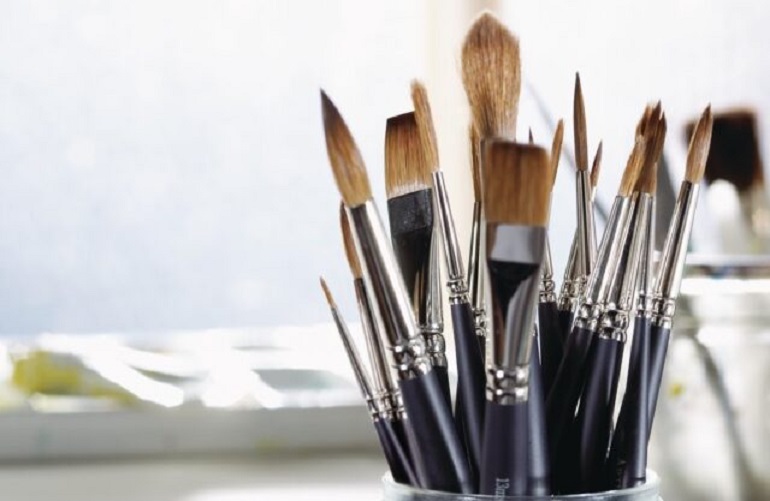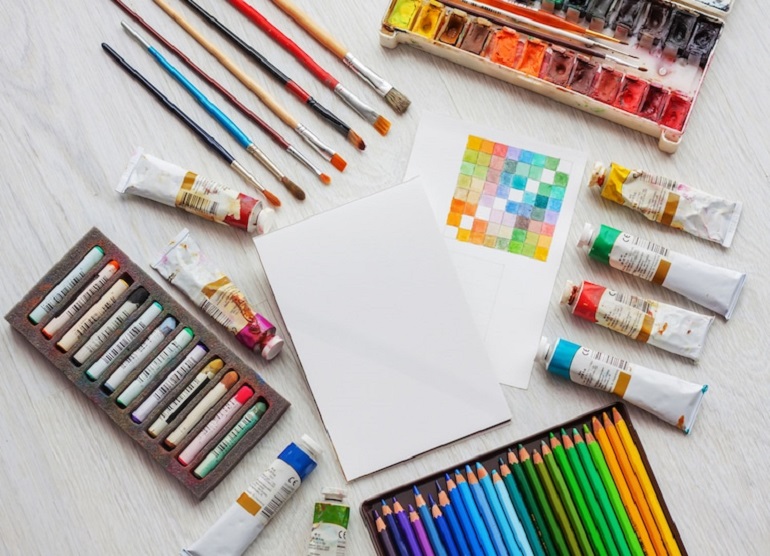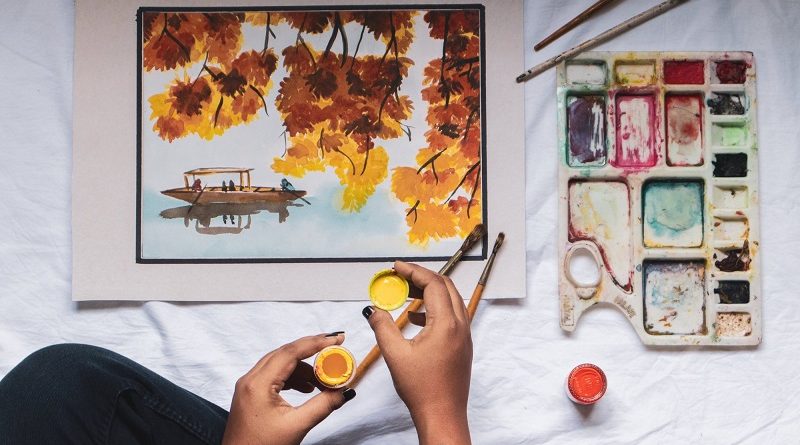Everything You Need to Get Started with Painting
The common misconception about creating art and painting is that only talented people can do it. In reality, it’s not that plain and simple. Although talent plays a role, great results are a consequence of hard work and consistency. So, if you have a passion for painting and want to give it a try, make the first step today.
Get Enough Art Panels
Acquiring art panels should be the first thing you do if you want to start painting. You will need to have something to paint on, right? There are a lot of different types of canvases: stretched, regular, oil canvas, absorbent and universal canvas. The best option for beginners is regular canvas art panels. They are the most inexpensive version and one you can easily master and get used to. Canvas panels provide you with a sturdy but firm surface to paint on and they are ideal for painting both indoors and outdoors.

Canvas panels are lightweight and easy to transport or carry around when needed. Compared to stretched canvases, which are more delicate, canvas panels are not that prone to damages and tears, meaning you should be more worried about making the right strokes than about physically destroying the canvas panel.
Taken into consideration that you’re just starting with art, you might not know exactly what your technique is, what’s right for you or what you want to do. But worry not, canvas panels come to the rescue one more time. Their specific structure allows you to use paint but also do collages or try out something completely new and never seen before. That’s thanks to the acrylic titanium primer that allows proper distribution of paint or anything else for that matter.
Painting panels are suitable both for beginners, students and professionals. Their versatility is what makes them the choice of many who paint outside of the lines.
You can find canvas panels in many sizes and with different dimensions. You can go for panels that are the size of the Mona Lisa or you can choose a giant canvas as Picasso did for his Guernica. You’re at full liberty to make choices you think will complement your creative expression.
Invest in a Quality Set of Painting Brushes

Once you’re done with the art panels you need to move on to the second most important thing – painting brushes. Here’s where it gets tricky. There are a lot of different paintbrushes to buy starting from the size to shape and materials from which they’re made. In order for you to have full freedom to do whatever you want when it comes to painting, having a big collection of brushes is a must.
You have eight main types of brushes: round, pointed round, flat, bright, filbert, angular flat, fan and detail round. Each and every one of these brushes come in different sizes and you should pick the size according to what you have envisioned about the final look of your painting. Basically, the brush defines how your strokes look and consequentially how the whole painting looks. If you need to make thin and delicate lines then a small pointed round brush is the one for you. If on the other hand, you need bold lines, pick the flat or bright brush with a bigger size.
The paintbrush consists of four parts – the handle, crimp, ferrule and finally the bristles. The handle is usually made of wood or some type of acrylic material while the bristles or the hairs of the brush can be made from synthetic materials, natural or a combination of both.
Decide on Your Technique and Get Paint
As I mentioned before, beginners usually struggle with deciding on a technique right away because they need to first test and see what works and what doesn’t. But the good news is there are so many painting techniques that even the most peculiar of an artist will be able to find the right niche.
The most popular painting methods among the many existing are acrylic painting, gouache, graffiti, mural, oil painting, tempera painting, watercolour painting, ink painting and collage. Then again you also have many painting styles: realism, photorealism, painterly art, impressionism, abstract, surrealism and pop art. But since art is in question, after all, no one says you need to restrict yourself to those techniques and styles. In fact, you can create something of your own based on what already exists.

It’s best if you start simple and then slowly build your signature style as you master the skill. Painting with acrylic or watercolours might be the easiest and most convenient start. By painting with those colours you can get a hold of how to create shadows, balance bright and dark shades, create depth and harmony on the canvas.
Gouache is also a water-soluble paint and it is considered to have the best features of the previously mentioned two. It acts both as acrylic paint and as watercolour paint at the same time broadening your painting possibilities. Oil paint unlike acrylic ones dries off rather slowly leaving you enough space to repeatedly change and improve how a painting looks. So, to level up, start using those.
Once you feel you’re ready to try out something new and experiment, you can try with ink painting and creating collages. You’re at liberty to mix as many colours and techniques as you want as long as it is for artistic purposes.
In fact, making collages might be the most entertaining thing you try. Despite mixing colours, you can also incorporate printed pictures, paper, cloth, etc. Think of it as an arts and crafts project, but on a canvas. You only need to let your imagination run wild and transform that into a breathtaking piece.

